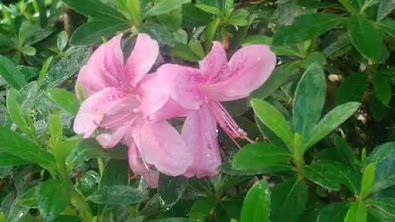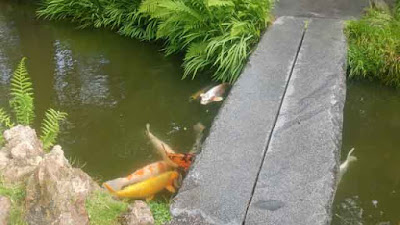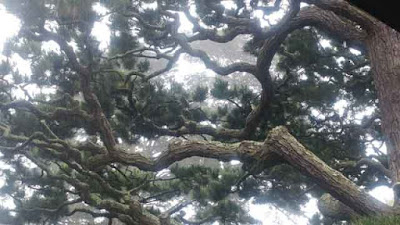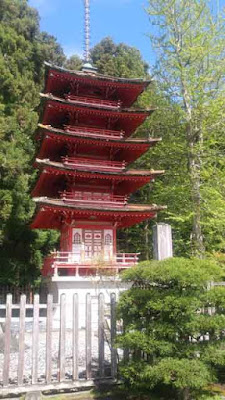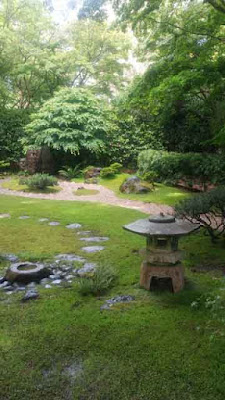Finding Serenity
Much of what you’ve heard about San Francisco, California is true. You’ll meet some friendly, helpful people. Its history is fascinating. Some streets are crazy steep, as are costs. Homelessness is rife. Human poop is on some sidewalks. Aimless, naked people might shout at you unprovoked. If you don't look down, the distant scenery is awesome, but you really should look down, occasionally.
However, there are some lovely places where you can escape the insanity and find serenity. The Japanese Tea Garden San Francisco is one of them. It holds the distinction of being the oldest public Japanese Tea Garden in North America.
Follow me to see what grows behind the garden wall.
History
The San Francisco Tea Garden was originally an exhibit - one of many "villages" - spanning about one acre for the 1894 California Midwinter International Exposition. The Japanese Village and Tea Garden, as it was called, was conceived by George Turner Marsh of Mill Valley as a concession enterprise. The entry gate - Shuro-no-mon - actually came from Marsh's property.
Marsh was fascinated by all things Japanese, having lived there with his family as a teenager. As an "Orientalist", he opened the G. T. Marsh & Company store in San Francisco, featuring Japanese art and Asian-inspired jewelry. He also developed other Japanese gardens in California. The family-run store continued in business until 2001.
Marsh employed Toshio Aoki - an artist and designer in his studio - to design the garden.
The Japanese Village and Tea Garden was completed and opened on December 27, 1893, one month earlier than the Exposition's grand opening. For .25 cents, visitors could experience the "authentic" village with its story-teller, gates, buildings, bridge, restaurant, paths, lanterns, and landscape.
As the Exposition's closing neared, it seemed a shame to entirely dismantle the Tea Garden, so the Board of Park Commissioners paid $4,500 for it. Some structures were removed, a couple to Marsh's Mill Valley estate. The garden was closed for remodeling. Japanese businessman and gardening enthusiast - Makoto Hagiwara - was retained by a “gentlemen’s agreement” to create and maintain the permanent Japanese style garden.
As caretaker of the property, Hagiwara spent many years and much expense developing it to its current size spanning about 5 acres. He and his family lived there until 1942 when they were forced to leave their homes and go to internment camps. They were not allowed to return. Some of their possessions were moved to the home of a friend. Others were sold at auction, the proceeds of which were used as down-payment for another home in the Richmond District.
Features
The Japanese Tea Garden is now one of the most popular attractions in San Francisco. Noteworthy though typical features include a steeply arched drum bridge, stone lanterns and paths, pagodas, native Japanese plants, koi ponds and a zen garden.
Images
Visitors will enjoy scenes such as these.
Its Location, Admission and Cost
The Garden is located within Golden Gate Park at 75 Hagiwara Tea Garden Drive, San Francisco, CA 94118.
The attraction is now operated by the San Francisco Recreation and Park division, which has no intention of letting Japanese – or anyone else, for that matter – enter without paying admission, except for Monday, Wednesday, Friday from 9-10am, when admission is free. Find current hours. Find admission fees.
Return to https://gogardennow.com.

